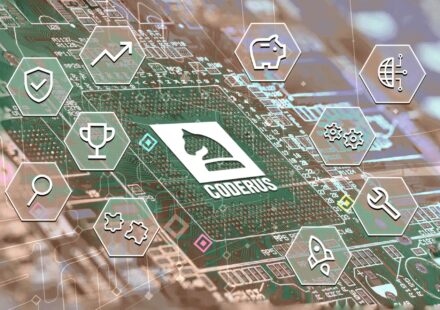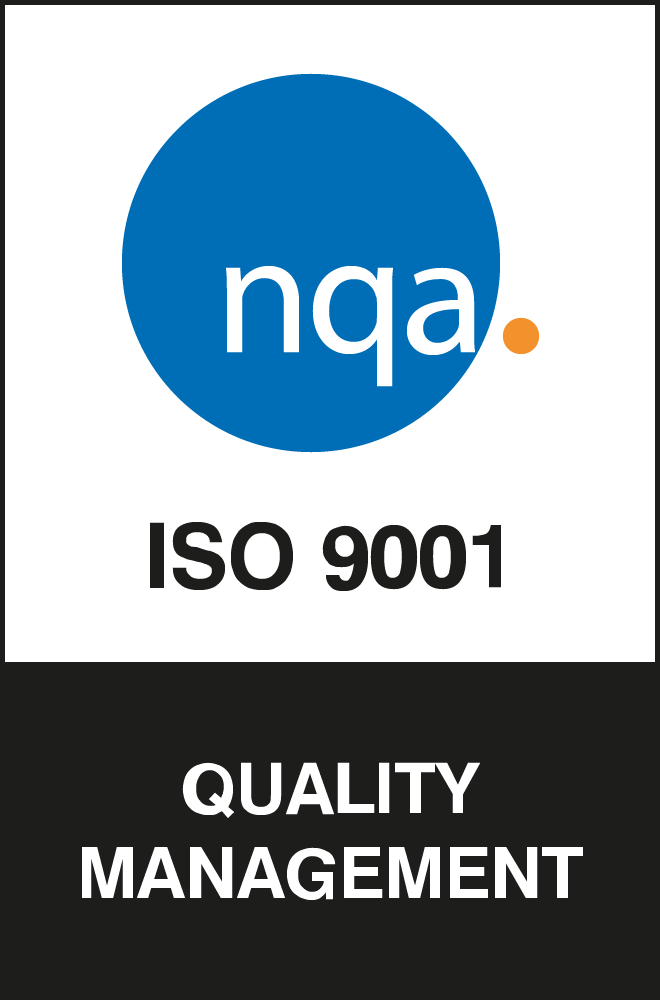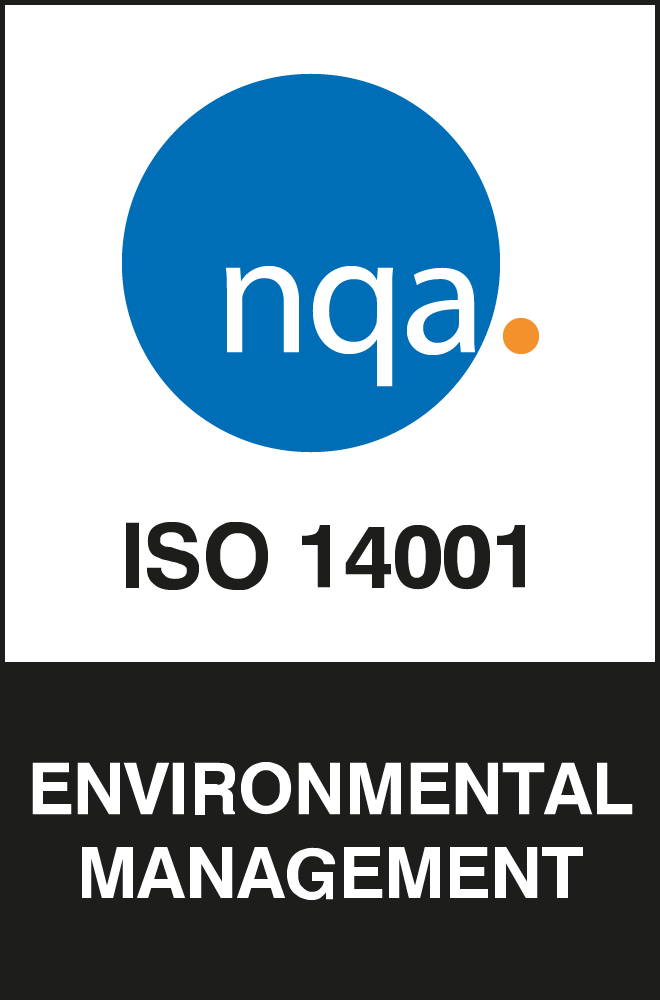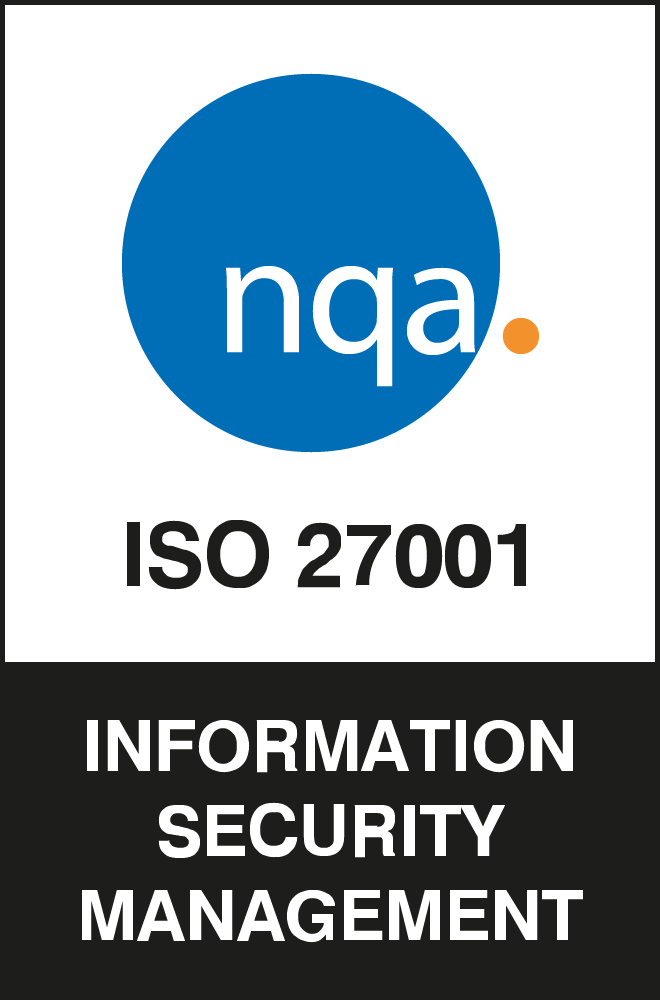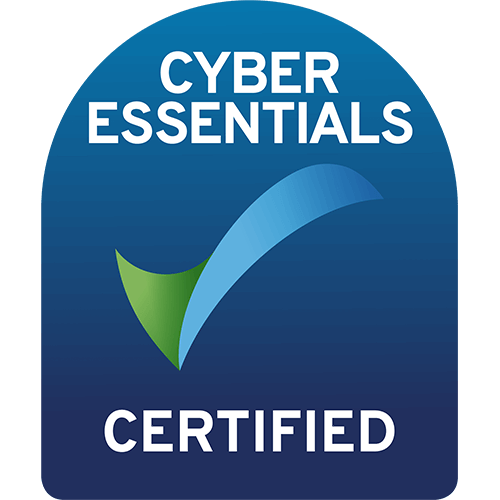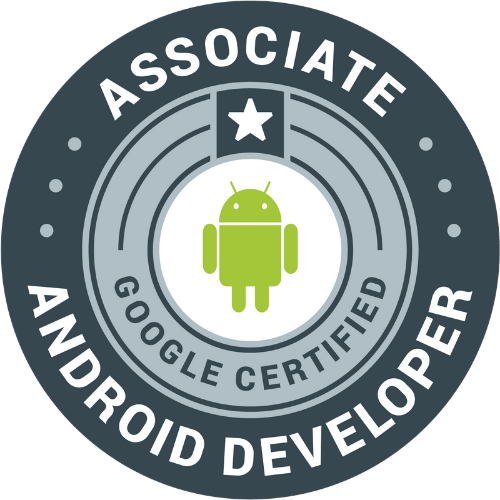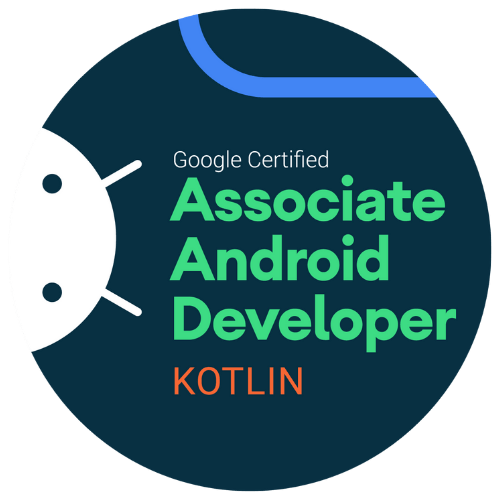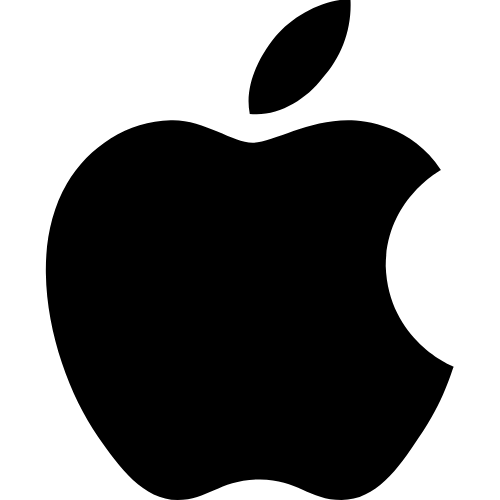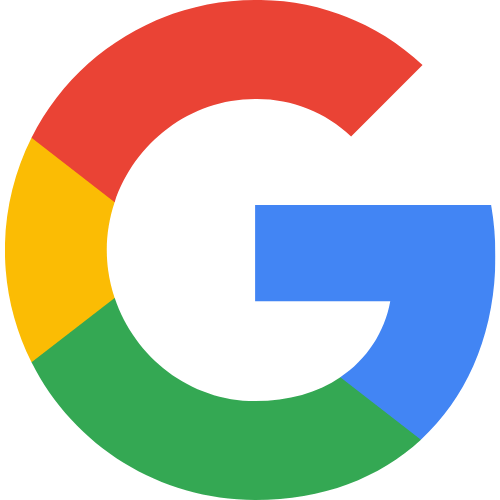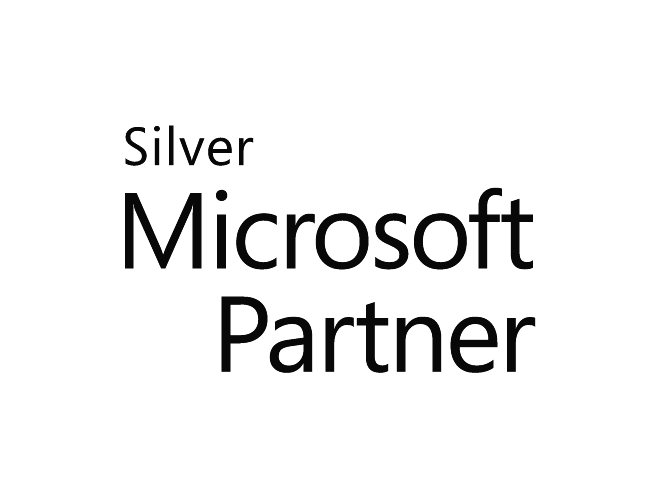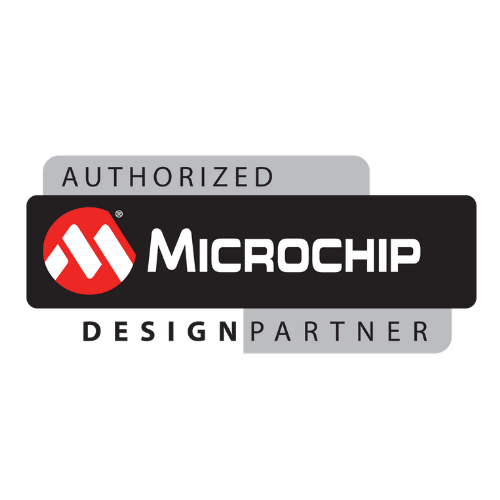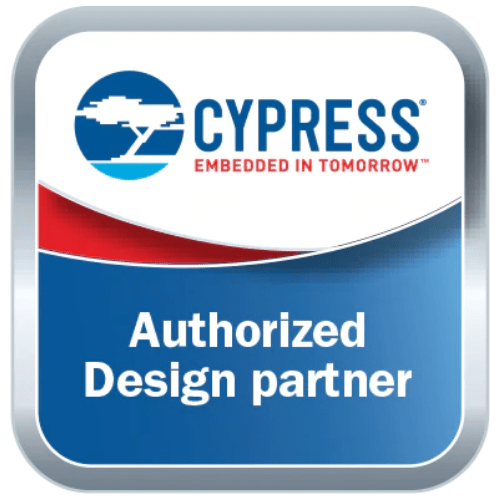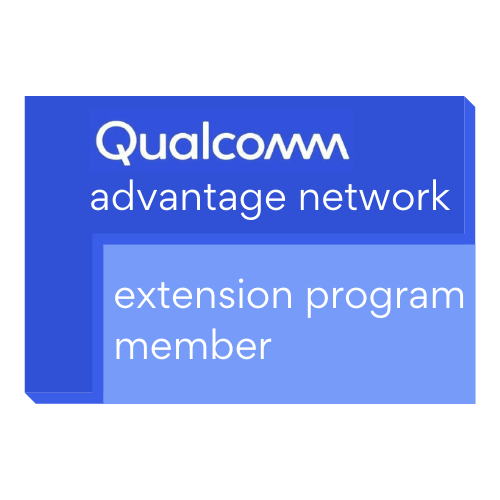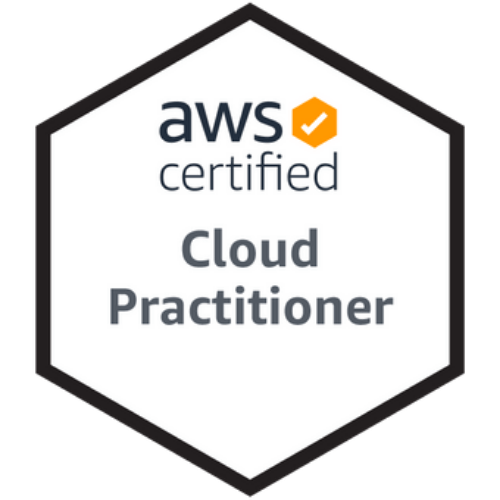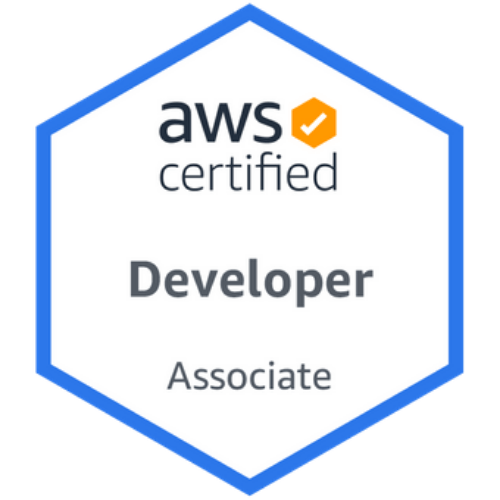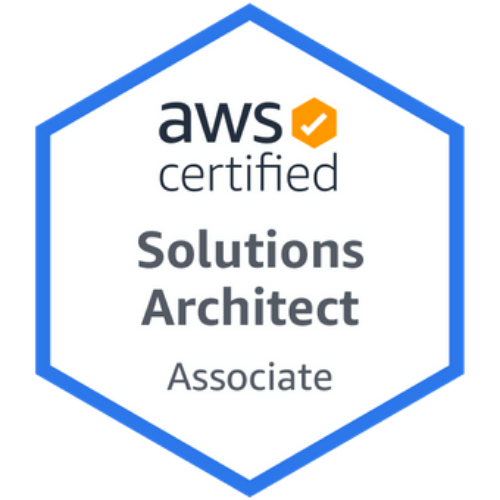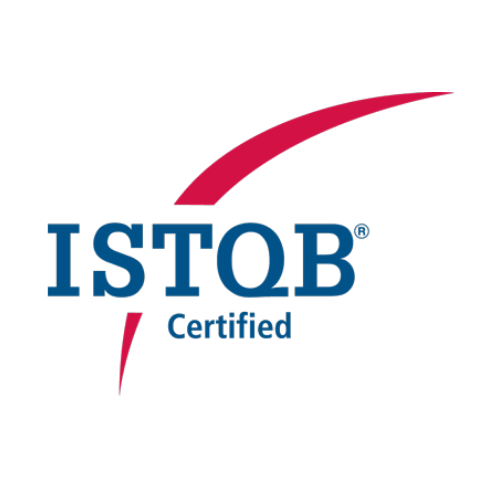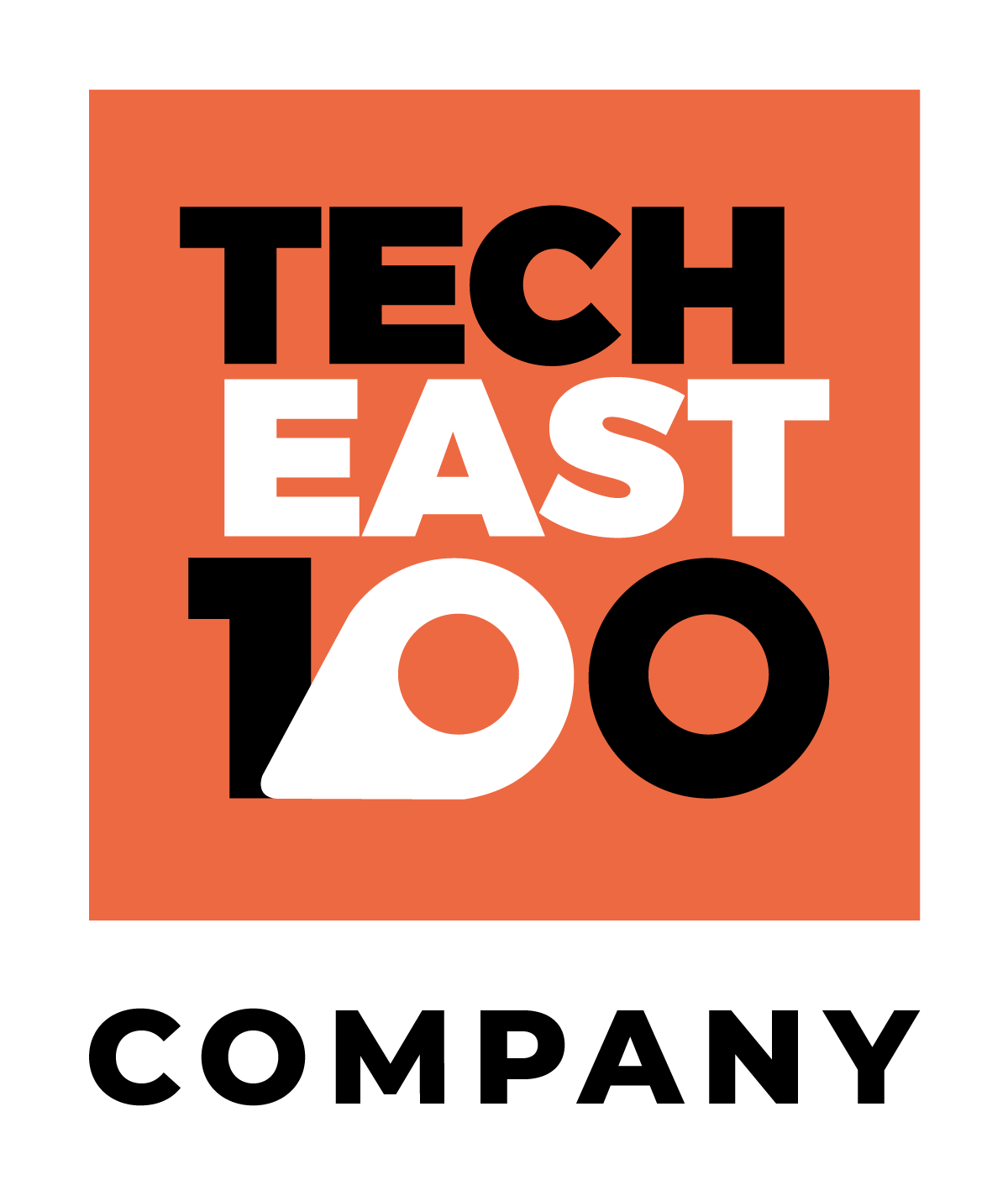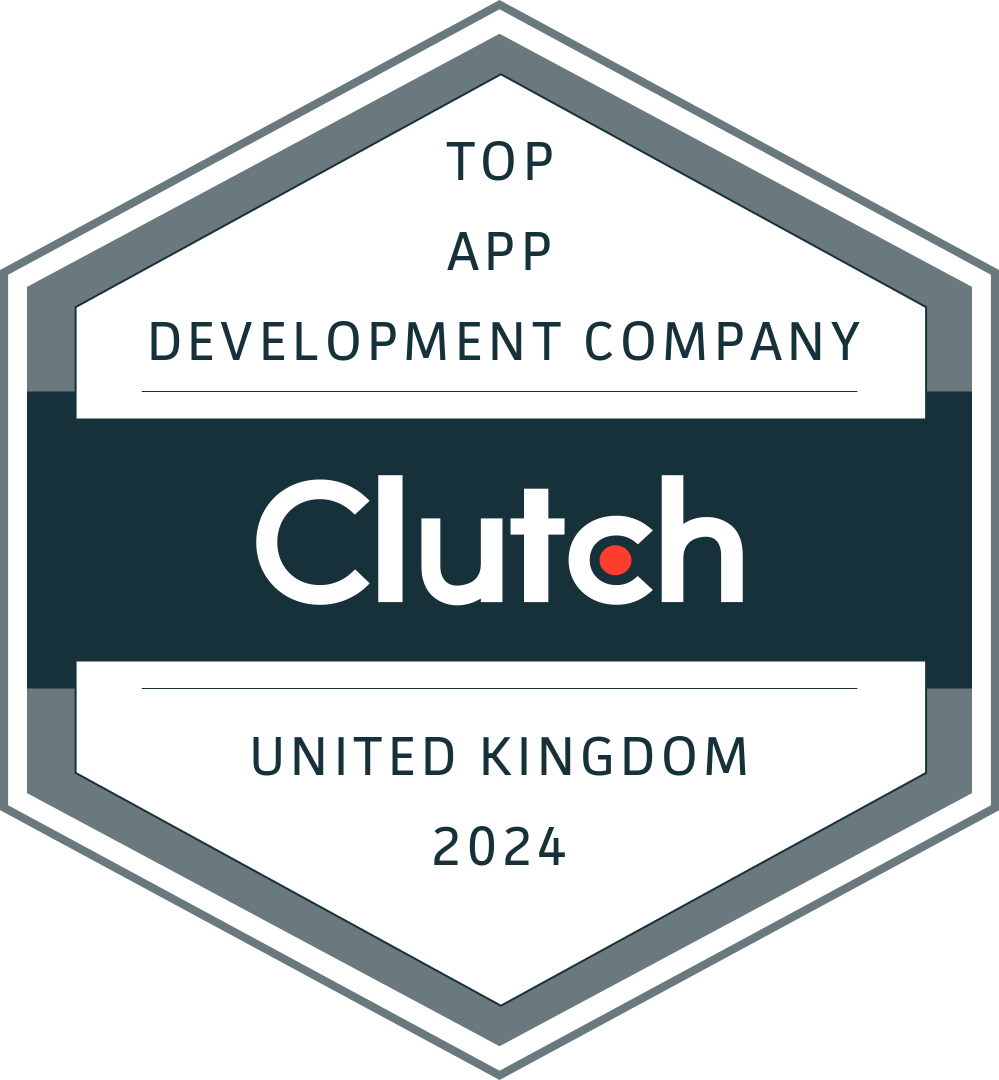This guide will explore the main start-up stages and the various stages of start-up development for apps and software – distinguishing the key differences and establishing the similarities between each one to help you better plan your start-up’s growth.
A clear understanding of these essential phases will help you create the best possible product in a productive and well-structured way.
Start-Up Stages
These stages might have different names depending on who you are speaking to, but the processes involved remain largely the same despite this.
- Ideation
- Concept and Research
- Commitment
- Traction and Validation
- Refinement
- Scaling
- Establishing
Ideation
Without an idea, there is no start-up. The ideation stage involves identifying a potentially scalable product or service and considering how it would be valuable.
This might be through a market gap analysis that you’ll create a product or service to fulfil.
You don’t need to have any firm plans in place or make any commitments at this point, just concepts and ideas.
Concept and Research
In the concept and research phase, your focus should be on fleshing out the logistics of your original concept and creating a strategy for the next few years.
You’ll need to conduct deep market research to help you identify the following:
- How much do people need this product or service?
- Who is my ideal customer?
- Is there already a similar product or service on the market?
- Are the existing products successful or is there a need for a better product like yours?
- What problem does your product directly address and is it a big enough problem to warrant your product or service?
- How much are people willing to pay for a superior product or service?
- What specialist skills do the people you employ need to have?
This phase also involves considering your potential customers and creating buyer personas, developing a business model, setting out a mission statement and solidifying your objectives.
Commitment
The commitment phase is fairly self-explanatory, it’s the phase in which you become fully committed to your start-up idea.
This phase involves using the findings of your research to create a prototype or MVP (Minimum Viable Product), develop processes, start building your primary team, and secure funding.
For more information on how to secure funding for a mobile app idea, read our App Funding Guide.
Traction and Validation
You should invest in some initial marketing strategies during this stage to gather interest in your product or service to gain feedback, from which improvements can be made in the future and you can discover how viable your start-up really is.
You’ll also identify the initial KPIs (Key Performance Indicators) that you’ll use to measure success.
Not only will this help you make your product or service more appealing to your target audience in the next stage, but it will give investors confidence that your start-up has enough potential to justify further investment.
Traction and validation usually take place during the first year of the start-up and should not be confused with the growth stage which comes later on down the line.
Refinement
Armed with the feedback obtained during the traction and validation stage, you can now begin to improve and refine your product or service and process.
Depending on what your initial buyers liked and disliked, product or service refinement might include:
- Improving the overall design of the product
- Revisiting your pricing structure
- Adding additional features
- Improving customer service facilities
The interactions you have with your buyers at this stage will be instrumental in your future success, helping to verify your credibility and build trust in your brand.
This is why it’s so important to focus on improving the aspects of your product or service that mean the most to your customers.
There may also be improvements that can be made to your processes, such as:
- Streamlining
- Removal of unnecessary tasks
- Outsourcing of complex or time-consuming tasks
- Investment in performance improving software
Scaling or Growth
Often used interchangeably, the next start-up stage is scaling or growth – this usually begins during the second or third year and can last for any number of years.
Whilst the refinement stage focuses primarily on customer satisfaction, the scaling or growth stages focus solely on tangible business growth.
The scaling or growth stage involves reviewing what has already been successful then implementing processes to continue and increase these results.
This typically involves tasks such as:
- Devoting extra funds to optimising your marketing strategies
- Investing in new employees and infrastructure to support growth
- Delegating non-essential tasks away from founders
Establishing
The establishing stage is when a business progresses from start-up status into an established enterprise. There’s no set time scale for this stage as it all depends on the rate of growth and the unique characteristics of the business in question.
Once your start-up has become established, you’re unlikely to see the same rate of growth as you did during previous stages, but the business will continue to grow and attract new customers.
In this stage, it will be much easier to attract investors and high-quality talent to your business, which will be generating a consistent stream of revenue.
Stages of Start-up Development for Software and Applications
Each stage of the start-up development process for software and applications serves a different purpose and can take you closer to achieving the best version of your product concept or idea.
It can be challenging to identify which stages are most important and which order they should be carried out in without a full understanding of what they are, their unique benefits and what users, developers and investors can expect from each one.
The next section of this guide explores the characteristics of each stage so that you can tailor your start-up process to your unique product including:
- MVP
- MMP
- MMR
- MMF
- MDP
- MLP
- MSP
- MAP
Minimum Viable Product (MVP)
A Minimum Viable Product or MVP is an essential initial version of a final product that has the minimum features necessary for use. An MVP aims to garner the maximum possible amount of validated learning about customers with the minimum possible effort from your development team.
It’s worth noting that an MVP needs to be more than a series of wireframes or a prototype, it needs to be a working product that can be used by real users to gather initial opinions and feedback.
Why is an MVP necessary?
The purpose of an MVP is to validate the product’s concept and attract early adopter users. An MVP is beneficial for gaining feedback whilst the product is still in its early stages, which forms the basis for further improvements and product development, whilst helping to test your ideas and prove or disprove assumptions about the audience’s needs.
MVP Strategy
The key to developing an MVP is to ensure that the product is developed enough to persuade early adopters to use it, provide valuable feedback and see the potential of it so that these consumers are retained, but not so developed that it is anything beyond the bare minimum.
It should go without saying that an MVP will go through further development stages to eventually become a finished product. An app or piece of software that is just usable or viable is like a chef creating food that is just edible – there needs to be more.
User, Tech Team and Investor Expectations
Users should not expect a fully developed product, but a work-in-progress solution to an experienced problem.
Tech teams should expect to collect the maximum amount of user feedback that will assist in the development of additional features.
Investors should expect to gain an understanding of whether the product is of interest to the target market- validating their investments and possibly encouraging further funding.
Examples of MVPs
An example of some apps that launched MVPs and ended up becoming incredibly successful are Uber, Foursquare and Airbnb.
For more information about MVPs and a step by step guide to planning an MVP app, read through our Minimum Viable Product Guide.
What is next after an MVP?
The next stage of start-up development for software and apps after MVP is MMP or Minimum Marketable Product.
Minimum Marketable Product (MMP)
A Minimum Marketable Product or MMP (sometimes referred to as an MMF or Minimum Marketable Feature) is the next logical step in the start-up development process for apps and software after MVP.
An MMP focuses on functionality that meets the target audience’s immediate needs whilst bringing quantifiable value into the business, based on the feedback obtained from MVP users.
Why is an MMP necessary?
The purpose of an MMP is to cater to the early adopters in your key target market by meeting their specific needs.
MMP Strategy
An MMP should solve users’ problems with the least amount of features so it’s important that market research and feedback are both taken into consideration.
The MMP should aim to produce useful market feedback from real-life users and prove the chosen monetisation strategy works.
Ensure that the funds put into building an MMP are kept to a minimum in case the app doesn’t perform as well as expected so the potential cash loss is low.
User, Tech Team and Investor Expectations for an MMP
The MMP is designed for users who are excited to test your product out of curiosity but should expect to ignore the areas that could use some more work such as additional features that would add value.
Investors will expect to see some kind of cutting edge technology to give the product a competitive advantage as well as
Development teams working on an MMP should expect to pin down the third-party integrations users need and will work to create the functionality required.
Examples of MMP
An example of a Minimum Marketable Product is Apple’s original iPhone.
What’s next after an MMP?
After an MMP has been created, the MMR stage follows, bringing new, valued features to the user base.
Minimum Marketable Release (MMR)
Minimum Marketable Release (MMR) is a release of a product that has the absolute minimum features needed to address the audience’s current needs.
Why is an MMR necessary?
The purpose of an MMR is to minimise the time-to-market between launches by condensing each release’s coherent feature set to the smallest increment that provides new value to the audience.
MMR Strategy
MMR involves the release and subsequent collection of feedback from the features available in the MMP developed in the previous stage.
Future MMRs will also involve the collection of user feedback and advice to plan the improvements or features to be included in the next MMR.
User, Tech Team and Investor Expectations for an MMR
Users will expect to see some kind of new feature or functionality in an MMR that wasn’t present in the previous release.
The tech team working on an MMR should expect to receive further advice from users that they can use to adapt the app in future rounds of development as well as gain confidence and a better understanding of what users really want.
Whilst an MMR isn’t intended to be feature-heavy, investors will still expect the app to have a distinct unique selling point that sets it apart from competitors.
What’s next after an MMR?
Because MMRs are supposed to create steady, incremental improvements to users, your first MMR will likely be followed by more MMRs – powered by a consistent stream of feedback.
Minimum Marketable Feature (MMF)
Minimum Marketable Feature (MMF) encompasses the must-have functionality or feature of your product that holds clearly demonstrable value to the customer. Basically, it’s the core feature that makes your product sell.
Why is an MMF necessary?
An MMF is necessary for improving user loyalty, cutting costs and generating revenue.
MMF Strategy
When strategising for an MMF, a user needs analyses and market research should be consulted to ensure that only the most important features are focused on.
You’ll need to take into account which features are essential to provide value to users and which ones are just ‘nice to have’.
User, Tech Team and Investor Expectations for an MMF
With an MMF, users will expect your product’s new feature or functionality to be able to address their needs in a simpler, more efficient or more cost-effective way than the other app or software products on the market.
Tech teams should expect to have to create alpha and beta versions of the major upcoming updates so that various issues can be solved and actions can be taken for the new features.
An MMF can form the basis for the argument that your seed start-up or early-stage venture requires additional funding from investors, proving you can expand your target audience into new markets.
For obvious reasons, having a product that appeals to more people will bring in more revenue so investors will expect an MMF to prove that you can meet users’ basic requirements whilst still turning a profit.
Example of an MMF
An example of an MMF for an e-commerce app would be the functionality to browse products and make payments in exchange for goods. Anything outside of that, such as product reviews or FAQs, are not absolutely necessary for the app to be valuable to the user.
What’s next after an MMF?
After an MMF, you’ll probably move onto focussing on impressing your users with design, display and user-friendliness rather than just functionality. This will likely lead you to explore an Minimum Delightful Product.
Minimum Delightful Product (MDP)
Minimum Delightful Product (MDP), sometimes referred to as Minimum Desirable Product, is the version of your product that is not only financially feasible but is delightful for users.
Why is an MDP necessary?
An MDP is based on the idea that if users have a delightful experience with a product, they’re much more likely to become a loyal user and share this delight with their friends, building a loyal consumer base and raising brand awareness. Its purpose is to motivate users to use the app or software regularly.
MDP Strategy
Where a Minimum Viable Product focuses on the bare minimum functionality necessary to satisfy the audience’s needs, a Minimum Delightful Product focuses on the bare minimum features needed for the user to actually enjoy the product.
An MDP might focus more on creating a visually appealing user interface, experimenting with animations, playful transitions and interactions and fitting microcopy.
In essence, an MDP should answer the question: What are the bare minimum features needed to delight customers with the least effort possible, whilst generating revenue?
Needless to say, users’ preferences can change over time so it’s important to revisit feedback frequently and keep up to date with new market entrants and how well they are received by the target audience.
User, Tech Team and Investor Expectations for an MDP
Users will expect your MDP to be viable, user-friendly and visually satisfying. They will expect to be delighted by your product – hence the name, Minimum Delightful Product.
Tech teams should expect to focus greatly on UX and design whilst implementing improvements based on the user feedback obtained.
Investors will expect an MDP to elicit the emotional response of delight or desire from users, thus strengthening their confidence that the product is impressive to audiences and receives positive engagement that is unlikely to be short-lived.
What’s next after an MDP?
After an MDP has been created, you’ll likely keep developing the UX/UI aspect of your app until it’s perfect and users are entirely satisfied with it – there may be many iterations of an MDP until it is just right.
Minimum Loveable Product (MLP)
Minimum Loveable Product (MLP) is the version of your app or software that early adopters love the most with the least amount of effort from you and your development team.
Why is an MLP necessary?
Developing an MLP is essential to enhancing user experience and satisfaction which contributes to long-term success and business growth.
An MLP is based on the idea that if a user doesn’t love your app or piece of software, they will quickly abandon yours in search of one that they do love – this is especially true if your product exists within a highly saturated market. Use your MLP as an opportunity to differentiate your product from competitors.
MLP Strategy
To create an MLP, developers must ensure that the product leaves users feeling satisfied, heard and appreciated, whilst taking a granular approach to how they can make their users love every single aspect of it.
This is one of the key differences between an MLP and an MVP. An MLP’s objective is to make customers fall in love with the product, rather than just tolerate it.
Greater consideration should be given to the customer experience which can boost user loyalty and invest them emotionally in the continued success of your product.
The concept is fairly similar to MDP so the two are often grouped together, along with MAP (Minimum Loveable Product) which is explained further down in this guide.
User, Tech Team and Investor Expectations for an MLP
The tech team behind an MLP should expect speed to be the focus of this stage, efficiently using feedback and reviews to create new features. They may also need to seek support from design and UI/UX experts. An agile development methodology with adequate resources is optimal for this.
Investors in your start-up will be interested in seeing you prove that your app or software has the ability to ‘wow’ audiences. Similarly, users will expect to be wowed by your product at this stage, with visually impressive design and seamless UX.
What’s next after an MLP?
Following a successful MLP phase, it’s likely that a steady stream of new features will be released to cater to changing consumer tastes and to keep up with competitors. Just because your users love your product today, doesn’t necessarily mean they will six months from now without regular updates and maintenance.
Minimum Saleable Product (MSP)
Minimum Saleable Product (MSP) is the version of your product with the absolute bare minimum functionality necessary for you to be able to charge customers to use it or to make money from your app or piece of software another way.
Why is an MSP necessary?
An MSP takes a revenue-first approach and focuses on building something a customer is just willing to pay for. It helps everyone involved understand the precise current or potential monetary value of your app idea and how this can be increased.
MSP Strategy
Developing an MSP involves a deep understanding of your target audience, their needs and how much they’re willing to pay to have these needs met. Market analysis is also key in this stage to understand how much your competitors are charging – users will not opt for your wildly overpriced product if there are cheaper ones on the market that largely do the same thing.
Even though your USP is what sets you apart from competitors, be careful not to overvalue this and price yourself out of the market. The cost needs to be proportionate to the feature.
User, Tech Team and Investor Expectations for an MSP
Users will expect the product to add enough value to their lives to warrant paying money for it, whilst investors will use a successful MSP as proof that the product is able to generate revenue and therefore a return on investment.
Tech teams should expect to use market research and competitor analysis to achieve a successful MSP and measures should be put in place for your tech team to collect feedback that can be managed and implemented.
Investors will expect to see how much revenue your app or software can generate with the minimal amount of effort and only the required features.
Example of an MSP
An example of an MSP is Quorum, a public affairs monitoring software that launched with a broad, but shallow level of features early on to gain necessary feedback and revenue.
What’s next after an MSP?
Following a successful MSP, there is likely to be further research and development into how you can add value to your users and therefore charge higher fees, perhaps through varying subscription levels.
Minimum Awesome Product (MAP)
Some believe that a Minimum Awesome Product (MAP) should be used as a replacement for an MVP, taking the view that a product should be competitive for its very inception which is the aim with a Minimum Awesome Product.
Why is a MAP necessary?
A Minimum Awesome Product is best suited for new entrants to the market who aren’t bringing a completely new idea to the table but are instead interested in improving on an exciting idea or product already available to users.
Because of how saturated the mobile app market is, for example, many app start-ups aren’t based on an entirely new idea but instead build on something that already exists and could use some improvement.
MAP Strategy
With the above in mind, a Minimum Awesome Product forms the basis for a product that starts its journey already ahead of the competition – rather than entering with just a basic level of functionality.
Therefore, from day one your team should be working towards creating the absolute best possible product based on the minimum.
User, Tech Team and Investor Expectations for a MAP
Just like with an MLP, tech teams should expect to require input from design and UX experts to provide users with more than just basic functionality and visually boring displays. They should also expect to spend more time creating a MAP than they would an MVP.
Similarly, both users and investors alike will expect your MAP to have a clear ‘wow-factor’ from day one, to encourage regular usage and further confident investment respectively.
What is next after a MAP?
Feedback and improvements should continue to be implemented regularly, to keep your awesome product, awesome.
Where are you in the tech start-up roadmap?
The tech start-up roadmap will probably look different for each start-up, depending on the type of product and the unique assets your product brings to the market.
However, it’s important to keep in mind that each stage serves a specific purpose and if you’re going to skip/avoid any of them, you should do your due diligence to ensure that this won’t be of detriment to you in the long run.

